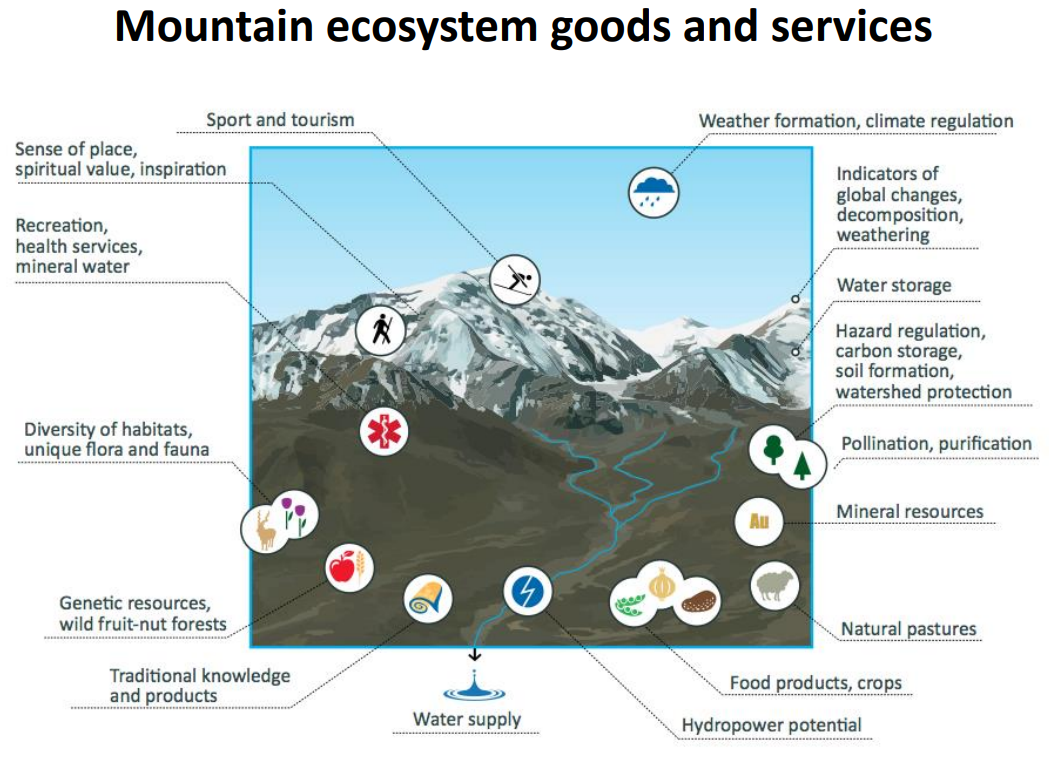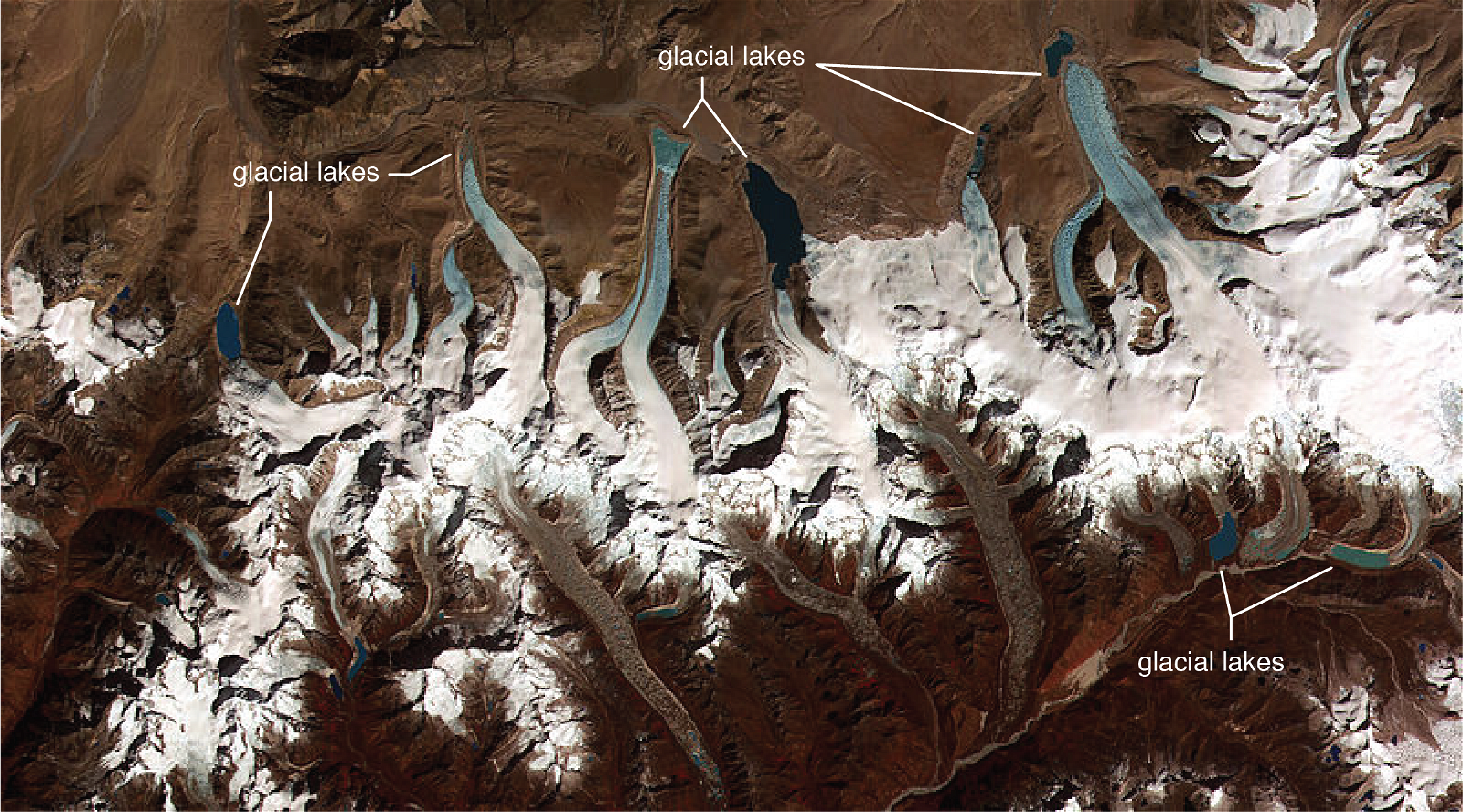
Protecting the Himalayas
Subscribers of "Current Affairs" course can Download Daily Current Affairs in PDF/DOC
Subscribe to Never Miss an Important Update! Assured Discounts on New Products!
Must Join PMF IAS Telegram Channel & PMF IAS History Telegram Channel
- Context (DTE| TOI): Preserving Himalayan biodiversity is crucial for maintaining various ecosystem services, including carbon sequestration and habitat for diverse wildlife.
Rich Biodiversity
- The Himalayas span 2,400 kilometres across Nepal, India, Bhutan, Pakistan, China, Myanmar, and Afghanistan.
- The Himalayas are home to 10,000 vascular plants, 979 birds, and 300 mammals.
- Iconic species such as the snow leopard, red panda, Himalayan tahr, and Himalayan monal are found in this region.
- The Himalayas are one of 36 biodiversity hotspots, boasting about 3,160 rare, endemic, and sensitive plant varieties with medicinal properties.
- This mountain system encompasses various climate types and ecological zones, from tropical to alpine ecosystems.
Ecosystem Services
Provisioning: Freshwater
- The Himalayas, along with the Tibetan Plateau, provide essential ecosystem services.
- They are known as the “third pole” and serve as the source of major rivers in Asia.
- This region is often referred to as “the world’s water tower.”
Regulating: Carbon Sequestration
- Trees serve as significant carbon sinks in the Himalayas, storing about 62% of total forest carbon.
- Cooler forest soils in northern biomes allow for additional carbon storage as undecomposed organic matter.
- In species-rich communities, each species efficiently uses available resources, leading to higher biomass accumulation.

Concerns
- The Himalayas are experiencing a temperature rise three times higher than the global average, increasing by an estimated 0.6°C per decade.
- Due to warming conditions, species are migrating to cooler areas at higher elevations, leading to potential resource and space competition.
- Recent research by ISRO using satellite imagery indicates that glaciers in the Indian Himalayan region are melting rapidly, leading to the expansion of glacial lakes.
- These glacial lakes also pose significant risks, such as Glacial Lake Outburst Floods (GLOFs), which can cause severe damage to downstream communities.
- Human-induced climate change and deforestation have led to the invasion of non-native species like the Crofton weed, threatening native Himalayan pine trees.
- Exclusion of native species could impact local livelihoods and forest biomass accumulation.




![PMF IAS Environment for UPSC 2022-23 [paperback] PMF IAS [Nov 30, 2021]…](https://pmfias.b-cdn.net/wp-content/uploads/2024/04/pmfiasenvironmentforupsc2022-23paperbackpmfiasnov302021.jpg)











